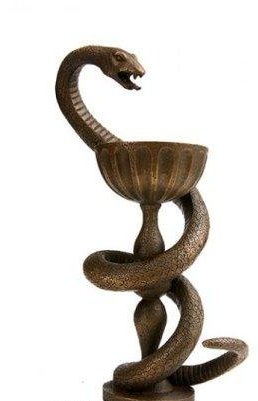Judith Irving knows a strong foundation when she sees it-she does, after all, have a degree in architecture. In regard to her life, Jude credits her successes to the foundation laid by her supportive mother and family, and Shriners Hospitals for Children.
When Jude was born in 1971, it was discovered she had a rare form of dwarfism called diastrophic dysplasia. Before her first birthday, Jude became a patient at the Shriners Hospitals for Children – St. Louis. At the age of 12, she was referred to the Chicago Shriners Hospital, where the doctors knew more about her form of dwarfism.
“They were wonderful, and throughout all my surgeries and physical therapy, I loved being at the Chicago Shriners Hospital,” Jude said. “The help of Shriners enabled me to walk, go to my local high school and on to university.”
In high school, Jude was involved in music, drama and art; she even managed the track team. “I believe that just because you can’t compete doesn’t mean you can’t be involved,” she said.
In 1997, Jude graduated from Ball State University in Muncie, Ind., with a bachelor’s degree in architecture. Around that time she also married Jason, a British Paralympic powerlifter, who holds records in both disabled and able-bodied powerlifting in England. They married in a little country church that Jude had attended while growing up and then moved back to Jason’s hometown of Manchester, England. It was there Jude began putting her creative talent and architecture degree to work.
In 2000, Jude began doing freelance work for Buro Happold, an international engineering firm, and in May 2004 she was hired as a senior access consultant. Jude said her enthusiasm for her profession is immense and she puts that positive energy into all the projects she works on.
And the projects are many. Jude has worked on the Millennium Dome in London, the new Museum of Liverpool and the new Kings Waterfront Arena and Auditorium. Her career success led to her involvement in several British committees, including the Board of Trustees for the Centre of Accessible Environments, the northwest BBC Disability Forum, and the access task force for the Royal Institute of British Architects. Jude also gives lectures for Architectural Journal conferences and master’s-level courses on inclusive design at the University of Reading.
For all her success in the field of architecture, Jude’s passion is music. She sings and writes songs for her music group, Cactus Blue. They are working on compiling a CD. “I have been singing since I was 13 years old; I would give up architecture and accessibility work in a heartbeat if I had a break in music,” Jude said.
Shriners Hospitals has always played a role in Jude’s life, even aside from her own treatment. Jude’s younger sister, Angie, also has diastrophic dysplasia and was treated by Shriners Hospitals. And Jude’s 4-year-old son, Kristian, has pseudoachondroplasia, the same form of dwarfism as his father. Doctors at the Chicago Shriners Hospital are monitoring Kristian’s development in case he needs leg braces, and when he is about 12 or 13, they expect he will need his legs straightened.
In the near future, Jude plans to move back to the United States. She hopes to continue her involvement in designing accessible environments. For now, though, she offers her appreciation to Shriners Hospitals. “Thank you, Shriners, for giving me a strong foundation to build my life on,” Jude said. “You all will always hold a special place in my heart.”
For more information on the Shriners network of 22 hospitals that provide medical care and services totally free of charge to children with orthopaedic problems, burns and spinal cord injuries, visit the Web site at www.shrinershq.org or write to Shriners International Headquar-ters, Public Relations Dept., 2900 Rocky Point Dr., Tampa, FL 33607. Treatment is provided to children under age 18 without regard to race, religion or relationship to a Shriner.

